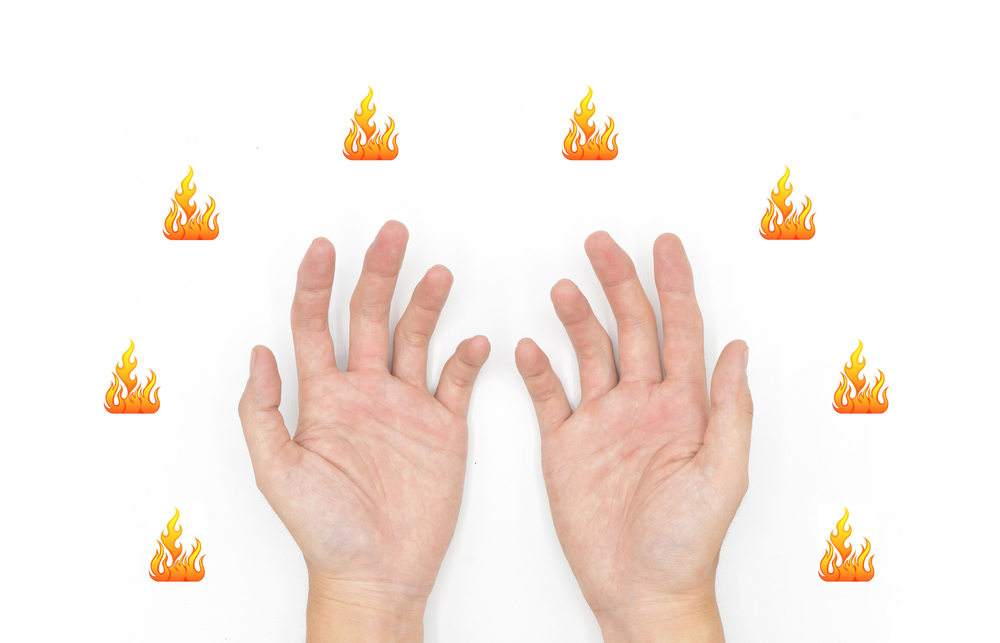According to the World Health Organization (WHO), 4.7% of the Brazilian population suffers from eating disorders.. The number is even more alarming when the sample is made up only by young people, reaching 10%. Some of the disorders included in this index are anorexia nervosa (AN), bulimia nervosa, binge eating, and rumination or regurgitation disorder. In this post, we will specifically address Cannabis and anorexia, as studies point out to a high mortality rate from this disease and it is urgent to find more treatment alternatives.
A study published in 2009 showed that only 46% of patients fully recover from anorexia nervosa, a third improve with partial or residual symptoms of the disorder, and 20% remain chronically ill for a long time. Also, according to the study, in Anorexia Nervosa there is an increase of almost 18-fold in mortality rates compared to bulimia.
>> Read more in the article Outcome of eating disorders
In a meta-analysis of 36 studies on eating disorders, the authors analyzed 12,808 cases of anorexia nervosa, 639 of which resulted in death. That is, the Mortality rate among people with anorexia proves to be higher than in people with schizophrenia and bipolar affective disorder. Anorexia Nervosa is probably the psychiatric disorder that causes most deaths.
>> Check out the study Mortality Rates in Patients With Anorexia Nervosa and Other Eating Disorders
Cannabis and anorexia: understand the relationship
The Endocannabinoid System acts on key points involved in food intake and energy expenditure. Therefore, it is seen as an interesting target in the management of diseases such as obesity and eating disorders.
The system is already known to play an important role in brain circuits related to eating behavior and the rewarding properties of food. Recent findings suggest that there is a dysregulation in the Endocannabinoid System in eating disorder patients..
>> Read The role of the endocannabinoid system in eating disorders: pharmacological implications
Phytocannabinoids and Cannabis terpenes can help to (re) balance the Endocannabinoid System, bringing more quality of life and well-being to patients in several pathological contexts, including anorexic patients.
Cannabis and anorexia: what would be the benefits from treatment?
Psychotherapy is usually the treatment of choice for AN patients. However, there is little response to this treatment in adults with chronic disorder and the dropout in this therapeutic approach is high. In psychiatric medical care, antidepressant and anxiolytic drugs are also usually prescribed. However, researches show that psychotropic drugs are often no more effective than placebo in improving symptoms unique to anorexia.
Most studies addressing the effectiveness of antidepressants in AN cases are conducted in the acute phase of the disease, with weight gain as the main focus. Many drugs initially show to be promising in open studies, but the findings are not confirmed when interventions are evaluated in randomized clinical trials — with no statistically relevant difference when compared to placebo.
There are indications that medicinal cannabis may be a therapeutic alternative in these cases. A study on Cannabis and anorexia, published in 2014, evaluated the use of Dronabinol (synthetic THC) and placebo in 25 women, who had been diagnosed with AN more than five years ago. They had an average weight gain of 0.73 kg by using THC, compared to placebo, which was statistically significant.. No significant side effects were recorded.
>> See Dronabinol in severe, enduring anorexia nervosa: a randomized controlled trial
In addition to increasing appetite and weight gain, medicinal cannabis could also potentially help controlling anxiety and depressive symptoms in these patients.
- Mood improvement — in this case, the most active substance seems to be cannabidiol (CBD), for alleviating depressive symptoms. Another cannabinoid that has already shown antidepressant properties is cannabichromene (CBC). The search for mood improvement is extremely important in these cases because the impaired mood can drive the development of anorexia;
- Anxiety control — there are several studies highlighting the potential of CBD to reduce anxiety, a common symptom among anorexic patients. On our blog, we have detailed content on prescriptive concepts of Cannabis-based products for anxiety disorders.
It is worth remembering that Cannabis is a plant with more than 500 chemical substances, and that together, in most cases, they have more beneficial effects than just one cannabinoid alone.
Regarding anorexia, for example, the importance of at least two phytocannabinoids: THC and CBD is evident. THC is responsible for increasing appetite and CBD for reducing anxiety symptoms.
Besides to AN, Cannabis can also be very useful in the treatment of other psychiatric disorders such as autism, post-traumatic stress disorder and different anxiety. Learn more about these and other prescription possibilities for medicinal cannabis on our blog.
References
Andries A, Frystyk J, Flyvbjerg A, Støving RK. Dronabinol in severe, enduring anorexia nervosa: a randomized controlled trial. Int J Eat Disord. 2014;47(1):18-23. doi:10.1002/eat.22173
Appolinario, Jose C e Bacaltchuk, Josue. Tratamento farmacológico dos transtornos alimentares. Brazilian Journal of Psychiatry [online]. 2002, v. 24, suppl 3 [Acessado 9 Julho 2021] , pp. 54-59. Disponível em: <https://doi.org/10.1590/S1516-44462002000700012>. Epub 07 Abr 2003. ISSN 1809-452X. https://doi.org/10.1590/S1516-44462002000700012.
Arcelus J, Mitchell AJ, Wales J, Nielsen S. Mortality Rates in Patients With Anorexia Nervosa and Other Eating Disorders: A Meta-analysis of 36 Studies. Arch Gen Psychiatry. 2011;68(7):724–731. doi:10.1001/archgenpsychiatry.2011.74
Crippa JA, Derenusson GN, Ferrari TB, et al. Neural basis of anxiolytic effects of cannabidiol (CBD) in generalized social anxiety disorder: a preliminary report. Journal of Psychopharmacology (Oxford, England). 2011 Jan;25(1):121-130. DOI: 10.1177/0269881110379283.
De Petrocellis, L., Orlando, P., Moriello, A. S., Aviello, G., Stott, C., Izzo, A. A., & Di Marzo, V. (2012). Cannabinoid actions at TRPV channels: effects on TRPV3 and TRPV4 and their potential relevance to gastrointestinal inflammation. Acta physiologica (Oxford, England), 204(2), 255–266. https://doi.org/10.1111/j.1748-1716.2011.02338.x
Marco EM, Romero-Zerbo SY, Viveros MP, Bermudez-Silva FJ. The role of the endocannabinoid system in eating disorders: pharmacological implications. Behav Pharmacol. 2012;23(5-6):526-536. doi:10.1097/FBP.0b013e328356c3c9
Sartim AG, Guimarães FS, Joca SR. Antidepressant-like effect of cannabidiol injection into the ventral medial prefrontal cortex-Possible involvement of 5-HT1A and CB1 receptors. Behav Brain Res. 2016;303:218-227. doi:10.1016/j.bbr.2016.01.033
Steinhausen, Hans-Christoph. “Outcome of eating disorders.” Child and adolescent psychiatric clinics of North America vol. 18,1 (2009): 225-42. doi:10.1016/j.chc.2008.07.013




